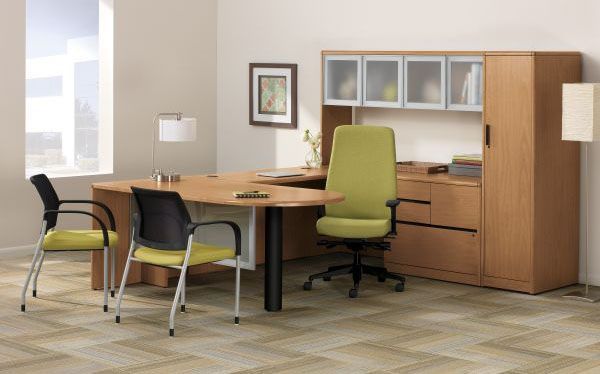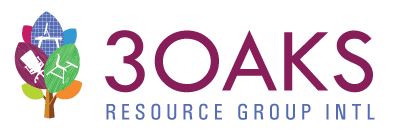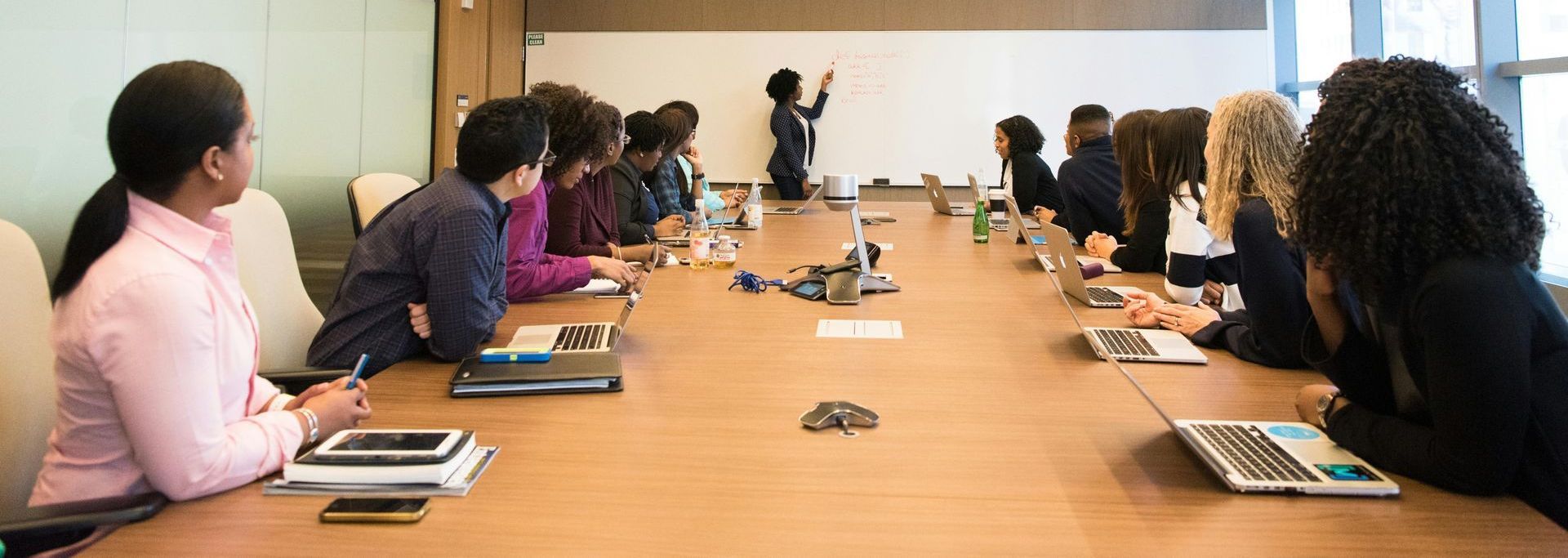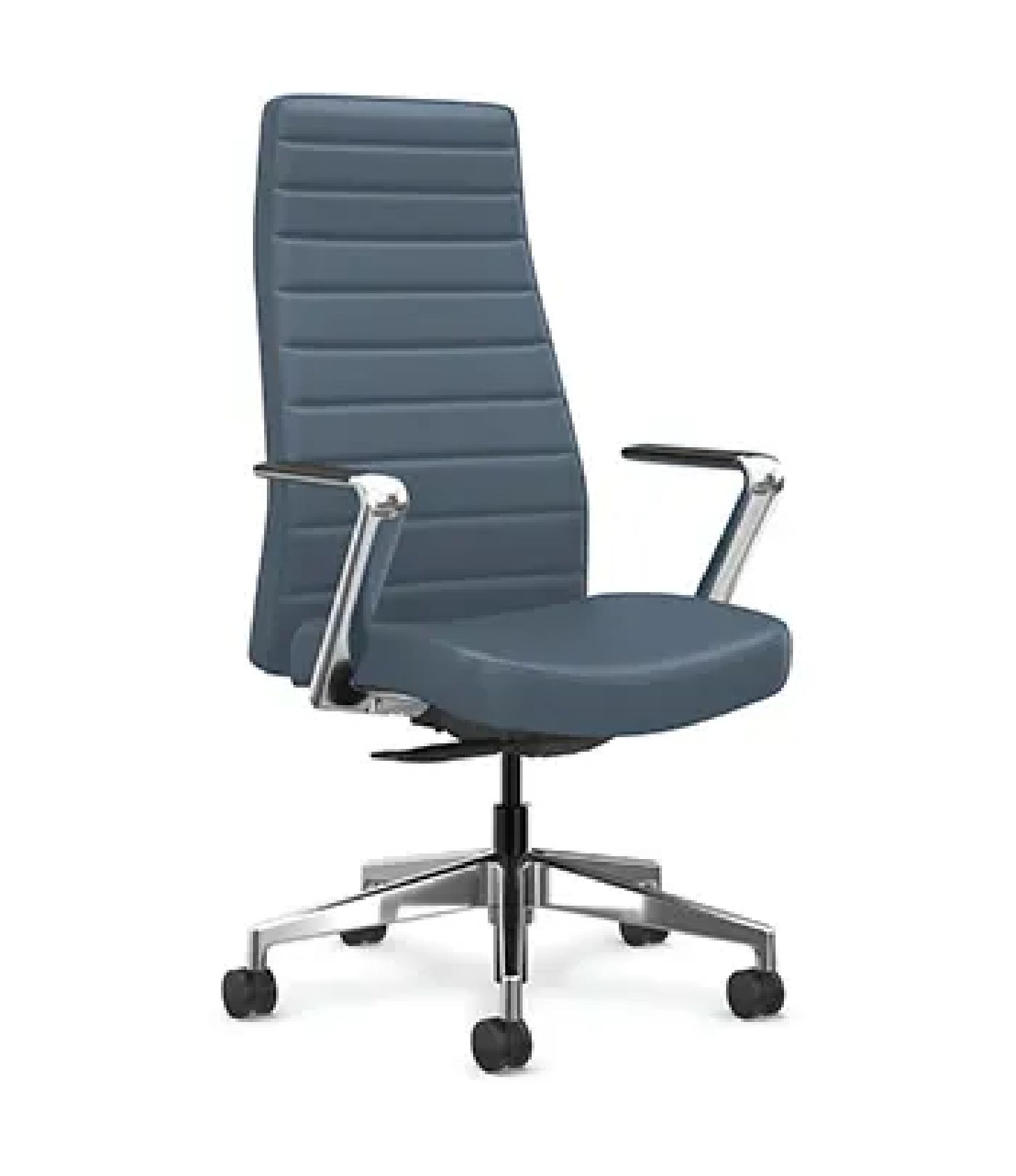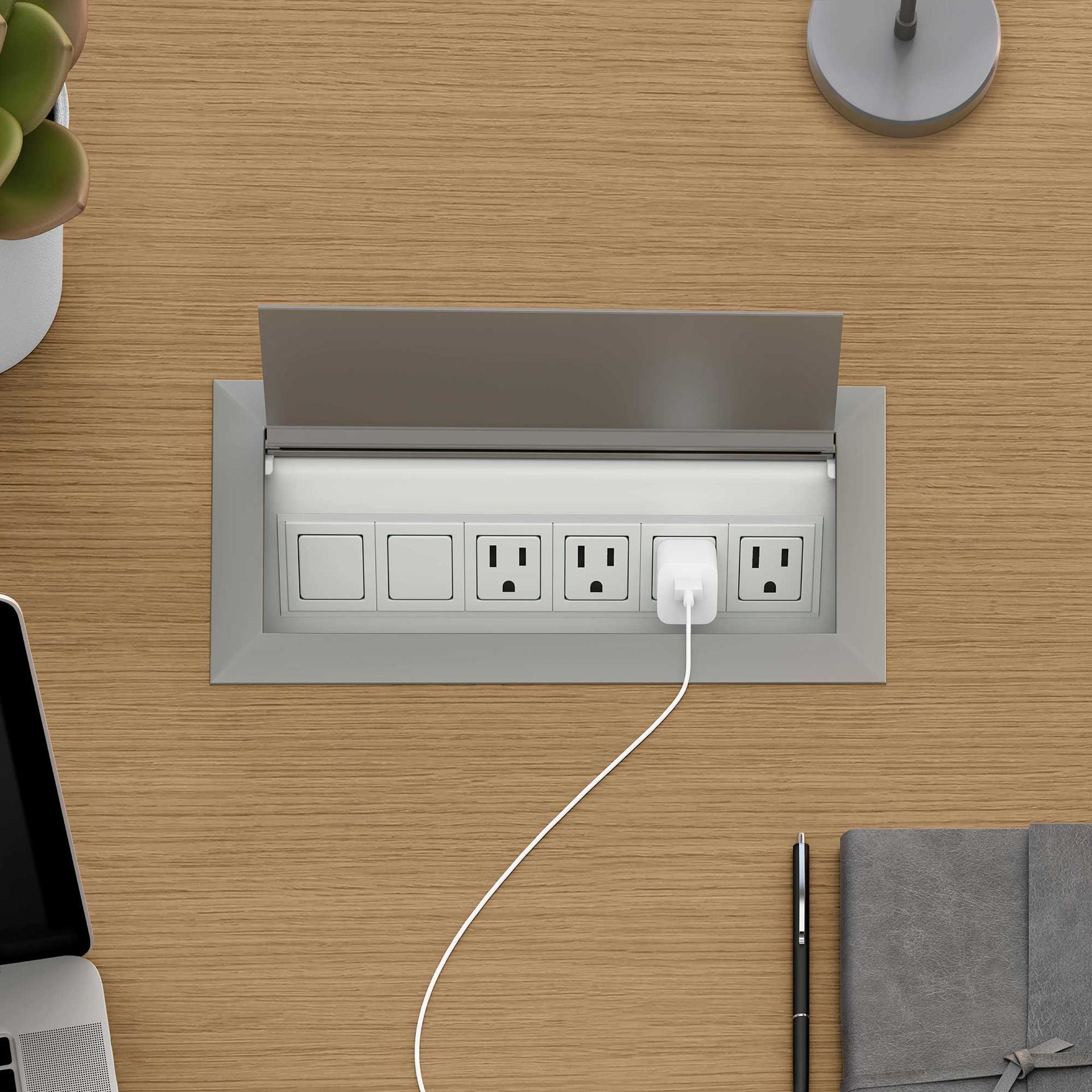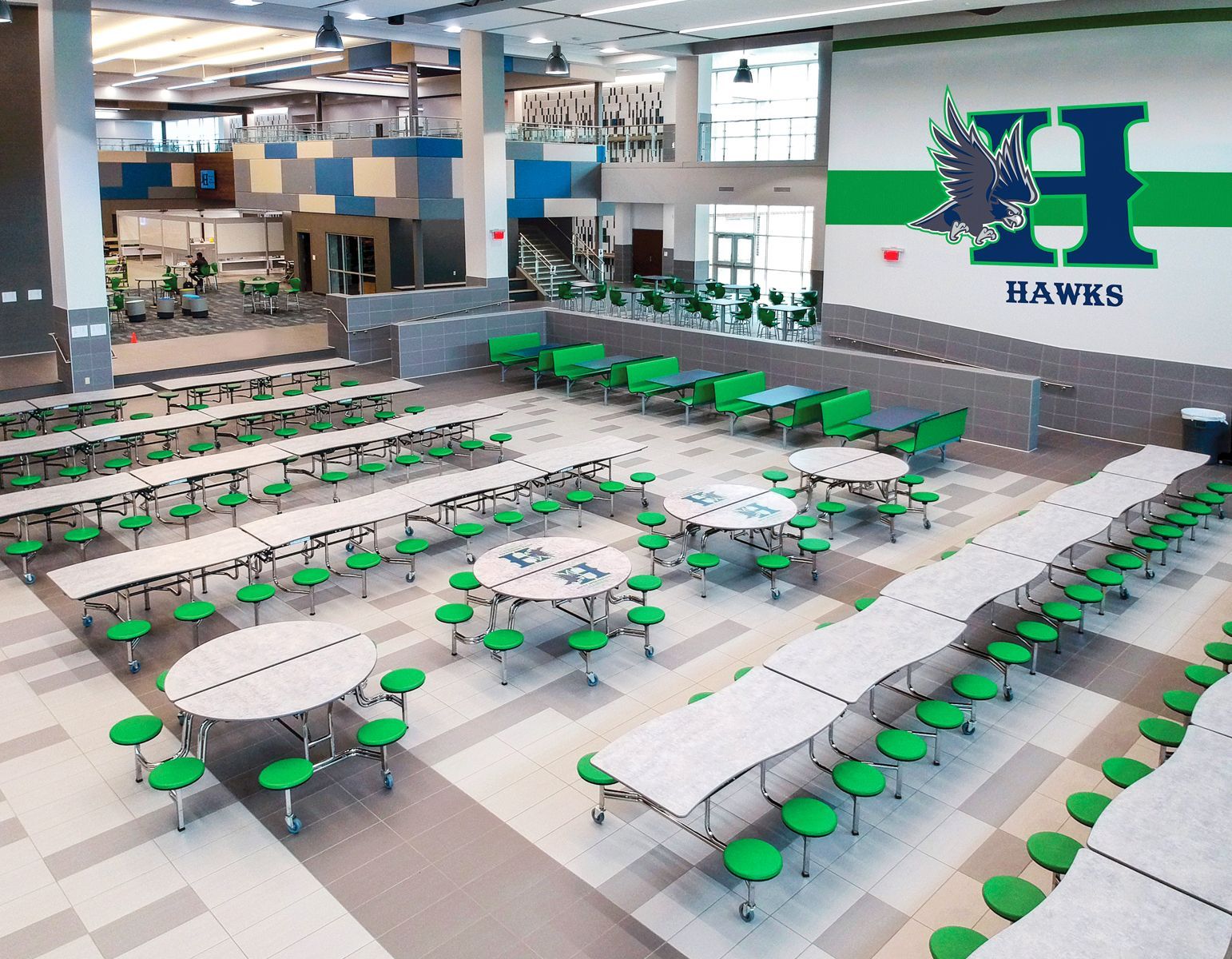Top Five Essentials for Designing Conference Rooms
Conference rooms play a crucial role in school administration, providing spaces for meetings, training sessions, strategic planning, and collaboration.
A well-designed conference room fosters engagement, enhances productivity, and ensures seamless communication. Selecting the right furniture and equipment is essential to creating a professional and efficient environment. Here are the top five essentials for designing school conference rooms that promote comfort, functionality, and adaptability.
1. Conference Tables: The Foundation of Productivity
The conference table is the centerpiece of any meeting room, setting the tone for collaboration and efficiency. Schools should prioritize tables that accommodate modern technology, such as integrated power and USB outlets, to support laptops, tablets, and other electronic devices. This feature is especially useful for presentations, virtual meetings, and note-taking.
Additionally, modular tables provide flexibility, allowing for quick rearrangement to suit different meeting formats. Whether it’s a large boardroom-style setup, smaller group discussions, or training sessions, modular tables make it easy to adjust the room as needed. Investing in durable, high-quality materials such as laminate, wood veneer, or metal-framed tables ensures longevity and resilience against daily use.
Design Tip:
Choose modular conference tables or tables that offer built-in power and data ports
2. Comfortable Seating: Supporting Long Meetings
Meetings and training sessions can be lengthy, making comfortable seating a necessity. Ergonomic chairs with adjustable height, lumbar support, and cushioned seats provide essential comfort, reducing fatigue and increasing attentiveness. According to the Occupational Safety and Health Administration (OSHA), ergonomically designed seating can improve posture and minimize strain, leading to better concentration and productivity.
For added flexibility, consider upholstered chairs with caster wheels. These allow for easy mobility, enabling participants to shift positions, reconfigure seating arrangements, or move around the room effortlessly. Breathable fabric or mesh-back chairs also contribute to long-term comfort by promoting airflow and reducing heat buildup.
Design Tip:
Opt for chairs known for their ergonomic support and mobility, ensuring a comfortable seating experience for long-duration meetings.
3. Audio-Visual Equipment: Enhancing Communication
Modern conference rooms require reliable audio-visual (AV) equipment to facilitate presentations, remote collaboration, and interactive discussions. Schools should invest in large screens, projectors, or smart boards to ensure clear visibility for all attendees. Video conferencing systems, such as built-in cameras and microphones, are essential for connecting with remote staff, district administrators, or guest speakers.
Furniture with built-in cable management solutions helps maintain a clean, organized space by reducing clutter from wires and cables. Power modules embedded in tables and strategically placed outlets allow for seamless connectivity, preventing disruptions during meetings. High-quality speakers and microphone systems further enhance communication, ensuring all participants can hear and be heard clearly.
Design Tip:
Invest in all-in-one video conferencing or Interactive Displays for a smart whiteboard alternative.
4. Acoustic Solutions: Reducing Distractions
Acoustics play a significant role in conference room functionality. Excessive noise can be distracting, making it difficult for participants to focus or engage in discussions effectively. To minimize sound disruptions, schools can incorporate sound-absorbing materials such as acoustic wall panels, carpets, and ceiling tiles.
Heavy curtains or soundproof partitions can also help contain conversations, preserving privacy for sensitive discussions. According to the National Institute for Occupational Safety and Health (NIOSH), improving room acoustics can reduce cognitive strain and improve speech intelligibility, leading to more effective meetings and decision-making.
Design Tip:
Install acoustic wall panels or acoustic ceiling clouds to absorb sound while adding a modern design touch to the conference room.
5. Organizational Tools: Encouraging Collaboration
Conference rooms should be equipped with organizational tools that facilitate brainstorming, note-taking, and strategic planning. Whiteboards and corkboards offer a visual space for listing action items, mapping out ideas, or displaying key announcements.
For added flexibility, mobile presentation boards or digital smart boards can enhance interactivity, allowing administrators and educators to annotate documents, share screens, or collaborate in real time. Keeping essential supplies, such as dry-erase markers, sticky notes, and notepads, within reach ensures that meetings remain efficient and productive.
Design Tip:
Use glass dry-erase boards for a sleek, stain-resistant alternative to traditional whiteboards
Why Choose 3 Oaks Resource Group?
Creating an effective school conference room requires thoughtful planning, quality furnishings, and a focus on functionality. At 3 Oaks Resource Group, we provide tailored furniture solutions for every administrative space, from elegant reception areas to functional breakrooms and high-tech conference rooms. With access to hundreds of vendors, we ensure you receive durable, stylish, and adaptable pieces that meet your school’s specific needs.
By investing in ergonomic seating, modular tables, advanced AV equipment, acoustic solutions, and organizational tools, schools can transform their conference rooms into productive, collaborative spaces that foster efficiency and communication. Let 3 Oaks Resource Group help you design an environment where every meeting leads to success.
